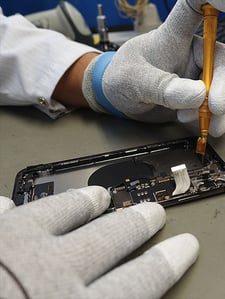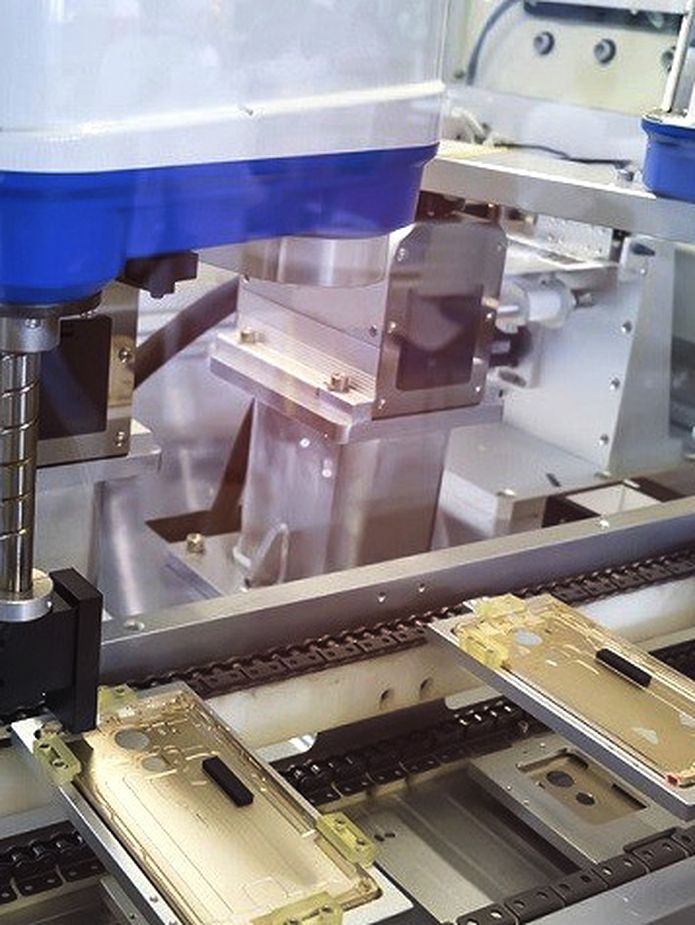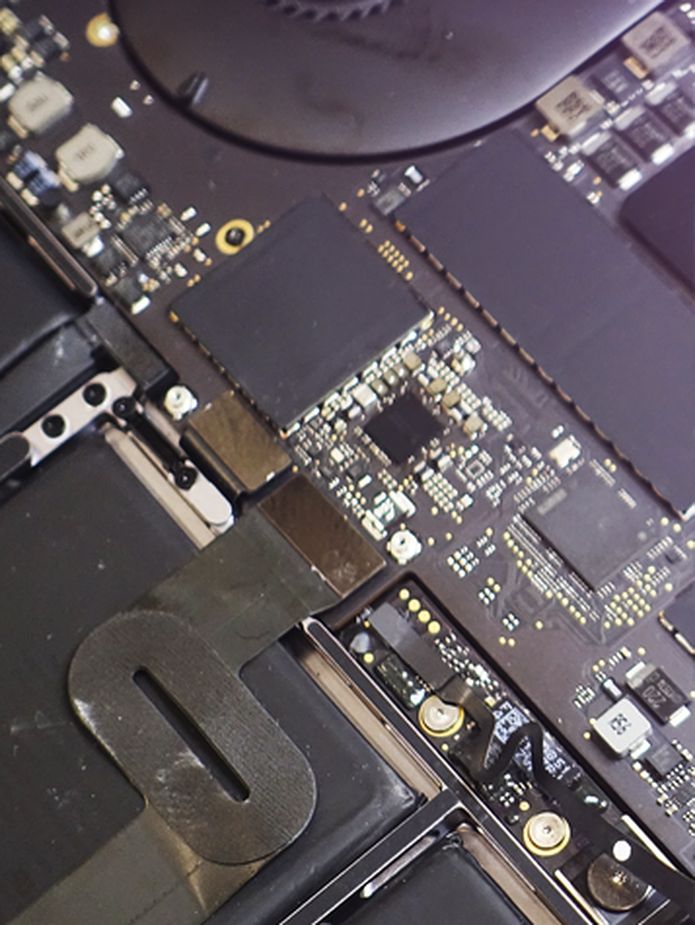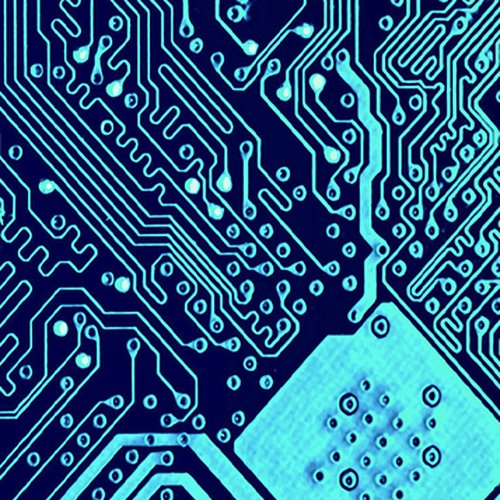What is a circular economy?
We all know the traditional way of doing things – create a product, use it, and then discard it for a new one. This 'linear economy' pattern is a one-way process, continually depleting our planet's resources. But, what if we told you there's a more sustainable, value-driven alternative? Welcome to the concept of a circular economy!
Visualize a world where we don't just toss out a product after its initial use. Instead, we extend its lifespan and reduce waste. A circular economy is about maximizing the potential of our resources and keeping them in constant use.
At Ingram Micro Lifecycle, we're actively participating in this transition, particularly with devices that hold our essential data and the gadgets that enhance our daily lives. We're committed to prolonging their life, reclaiming their value, and rehabilitating them to as good as new. We're promoting sustainability and responsible resource management. Join us, and let's shape a sustainable future!
In this article, we will explore the profound advantages of a circular economy, encompassing six key benefits. These encompass a wide range of positive impacts, including the reduction of carbon emissions, the mitigation of toxic waste, and the minimization of downtime.


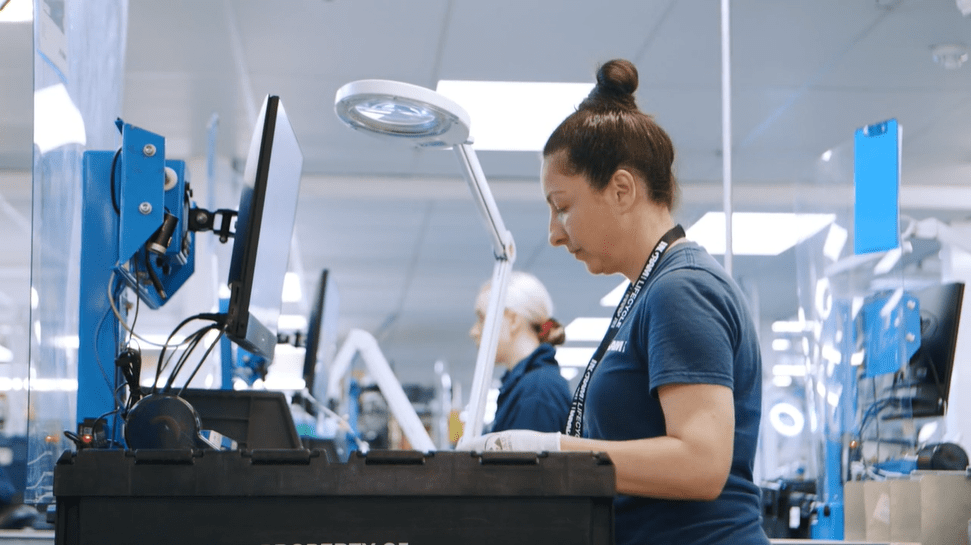
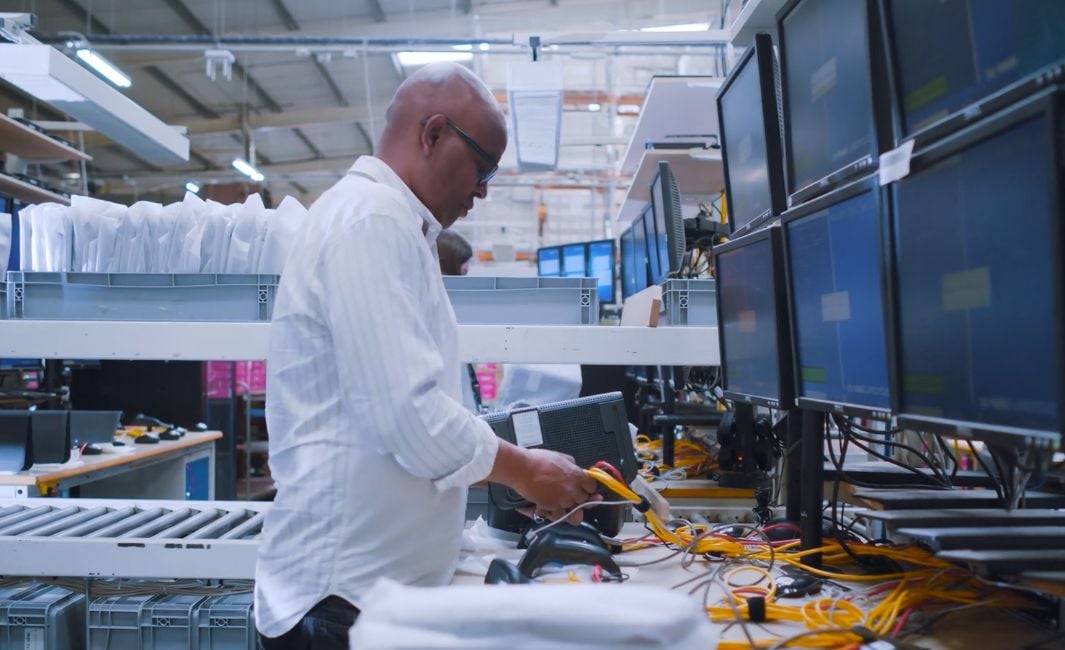
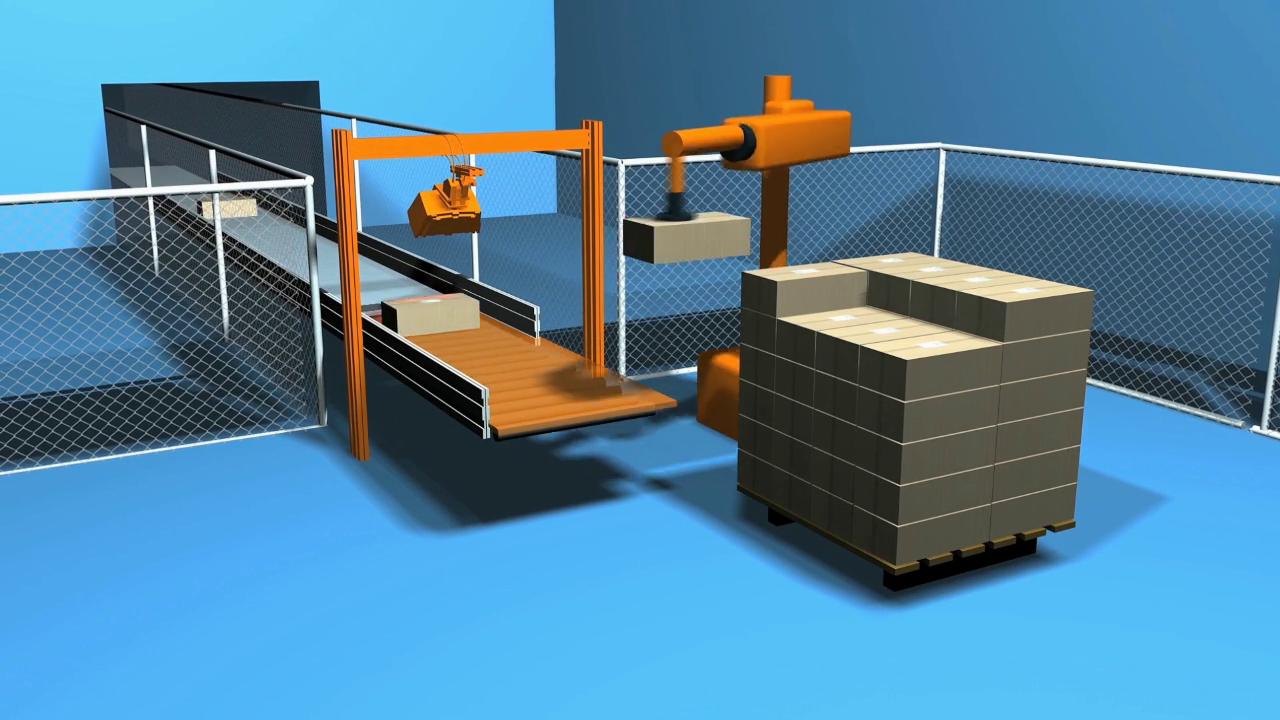
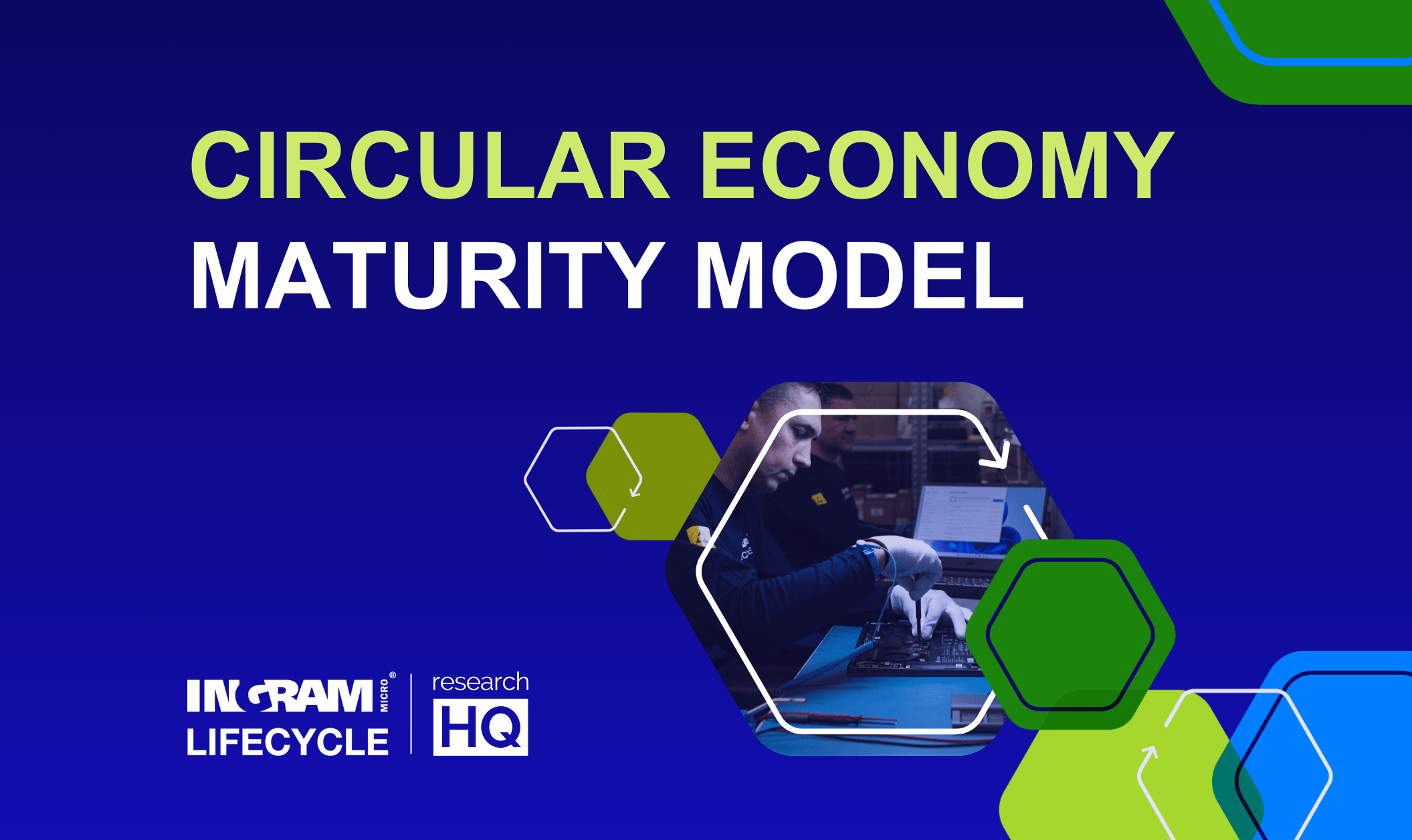

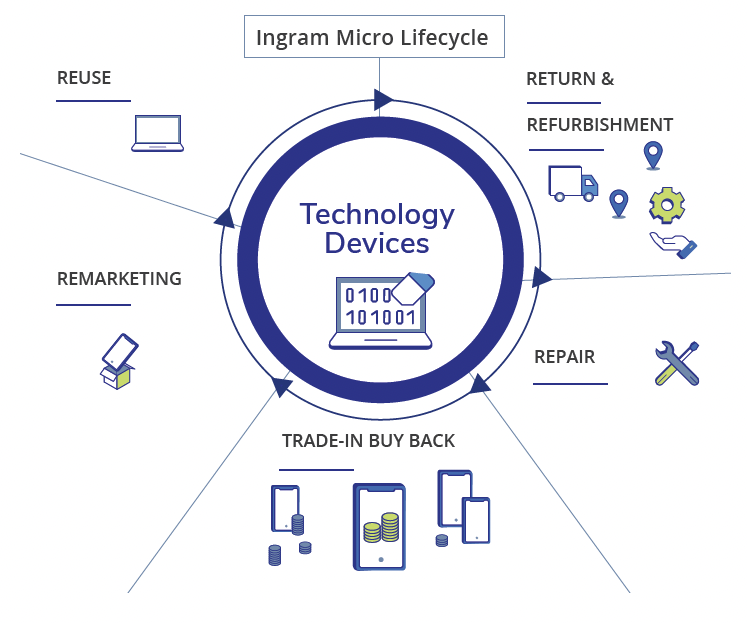


 By extending the lifecycle of technology when it becomes obsolete, the amount of new technology required and therefore production will decrease, cutting carbon emissions.
By extending the lifecycle of technology when it becomes obsolete, the amount of new technology required and therefore production will decrease, cutting carbon emissions.